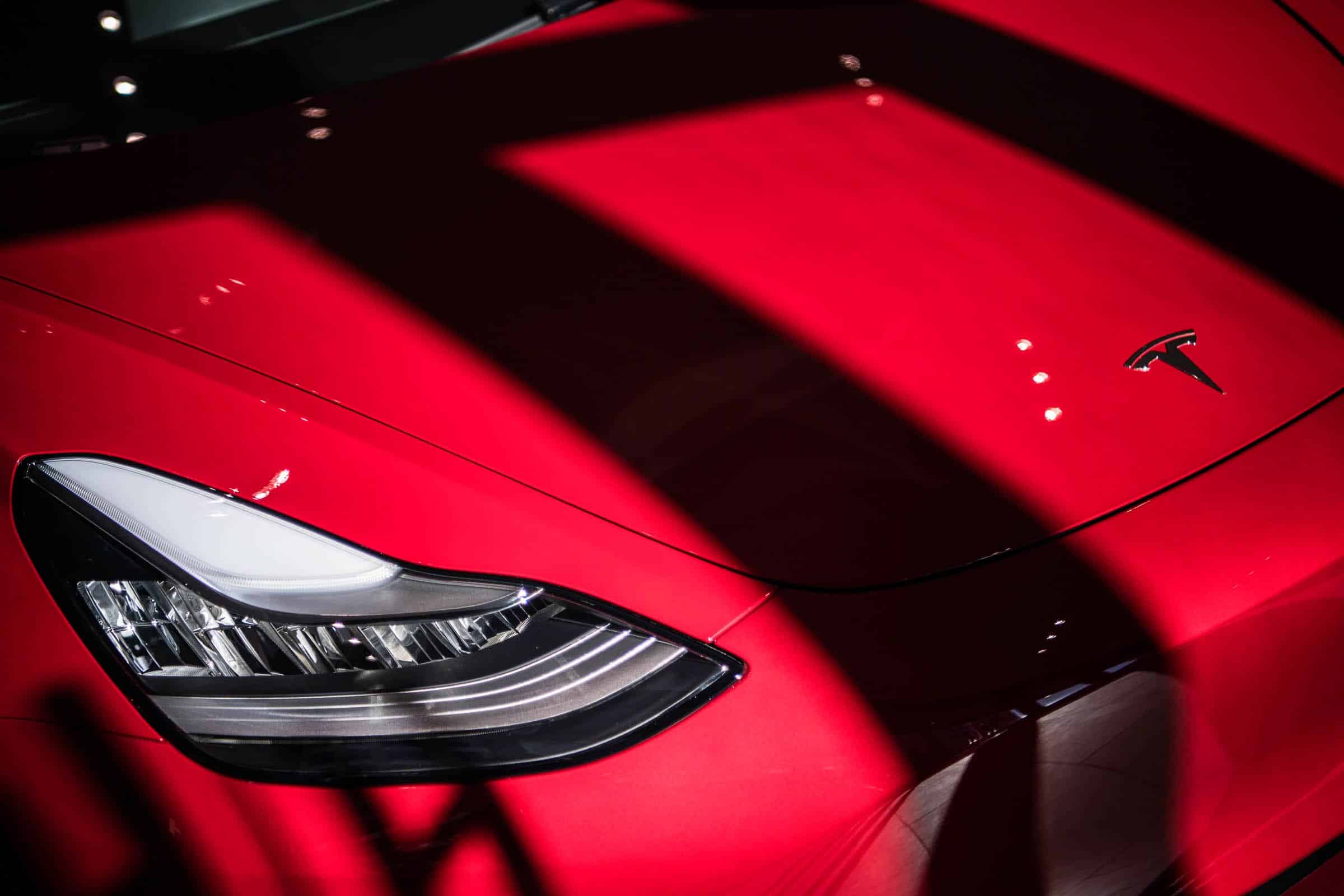For many Americans, New Year’s Day means a new set of resolutions, a slight headache, and a refreshing tabula rasa. At Tesla, the electric vehicle maker, January 1, 2020 will mark something else: the official end of its vehicles’ eligibility for federal tax credits. For the first time since 2009, new Tesla buyers won’t receive a little extra incentive from the American government to buy the company’s electric cars.
The phaseout of the tax credit has long been planned. Here’s how it works: Each automaker is eligible for $7,500 in credits for each electric vehicle sold, up to 200,000 sales. Six months after hitting that target, the tax credit gets halved, to $3,750, for six months, then halved again, to $1,875, for another six. After that, the credit goes to zero. Tesla hit the 200,000 mark halfway through 2018, and General Motors hit it one fiscal quarter later.
But the companies weren’t happy about the impending end of the credits. So they mounted an effort in Congress to extend them. That failed this week, when Congress agreed on a budget that did not extend the program. One proposal, from Senator Debbie Stabenow, the Democrat of Michigan, would have raised the number of EV sales eligible for the credit to 600,000 and reduced the starting credit slightly, to $7,000. Now Tesla’s out of credits, GM will be there soon, and other automakers—notably Nissan and Ford, which as of this summer were 48,000 and 86,000 EV sales, respectively, away from the 200,000 target—are closing in.
Tesla did not respond to a request for comment. In a statement, General Motors spokesperson Jeannine Ginivan called the failure to extend the tax credit a “missed opportunity to further advance electrification in the US.”
Legislators’ refusal to extend the credits doesn’t spell doom for the electric vehicle market. Tesla said in a financial filing last year that the company doesn’t believe the credit phaseout will affect sales “in the long run … as we believe that each of our vehicle models offers a compelling proposition even without incentives.” Some argue that the credits worked as intended; they made electric vehicles more cost-competitive with gas-guzzling ones, at least long enough to get the nascent tech rolling out of dealer lots. And because electric vehicle purchasers have so far been wealthier than the average American driver, critics have argued that the credits are a waste of federal money. The program has been relatively popular: Between 2014 and 2018, US buyers claimed credits for 239,422 vehicles, worth $1.4 billion, according to the US Treasury Inspector General for Tax Administration.
Still, electric vehicles have a ways to go: Just over 2 percent of American vehicles sold last year were electric. Losing the federal tax credits may make their road to the mainstream bumpier.
What’s more, losing access to the federal tax credit may also imperil automakers’ ability to meet state “zero emissions vehicle” targets. That program requires anyone selling cars in California and 14 other states to sell a specified number of electric vehicles, or to purchase “ZEV credits” from another manufacturer, like Tesla, that has hit its electric target. The state program “is a big driver of electric vehicle sales,” says Jeremy Michalek, a professor of engineering who studies EV policy at Carnegie Mellon University. Without the credit boost, hitting electric vehicle targets might get harder. The same goes for meeting federal standards for fuel economy. In theory, EVs should help automakers raise the mileage per gallon of their entire fleet, and that may be harder to do when such vehicles are slightly more expensive. But the Trump administration is working to ease fuel economy standards, which would soften the blow of losing the credits. Notably, General Motors has supported the administration’s decision, publicly concluding this fall that the federal government, not the states, has the ultimate authority to set fuel economy standards.
The dwindling tax credits may shift electric carmakers’ focus overseas, away from the US. China, for example, has coupled aggressive pro-electric policies with strong trade protections, making the country an attractive option for companies hoping to sell EVs even as they must jump through hoops to sell there. Tesla’s Shanghai Gigafactory started producing cars in late November, after the company built its facility there in a blazing 168 working days. Eventually, the company hopes its Shanghai factory will crank out 150,000 electric cars a year.
If you want to treat yourself to a new electric vehicle in the new year, there is some good news: Lots of states have their own EV tax credits. Colorado will pitch in $5,000 for a new electric model; New York will shell out a $2,000 rebate for new cars under $60,000; and Louisiana gives a $2,500 income tax credit. Other states offer smaller perks for going electric, like access to the carpool lane (Arizona, Hawaii, and with exceptions, California). In those places, policymakers are hoping a little push will move drivers away from gas stations, and toward their outlets.
